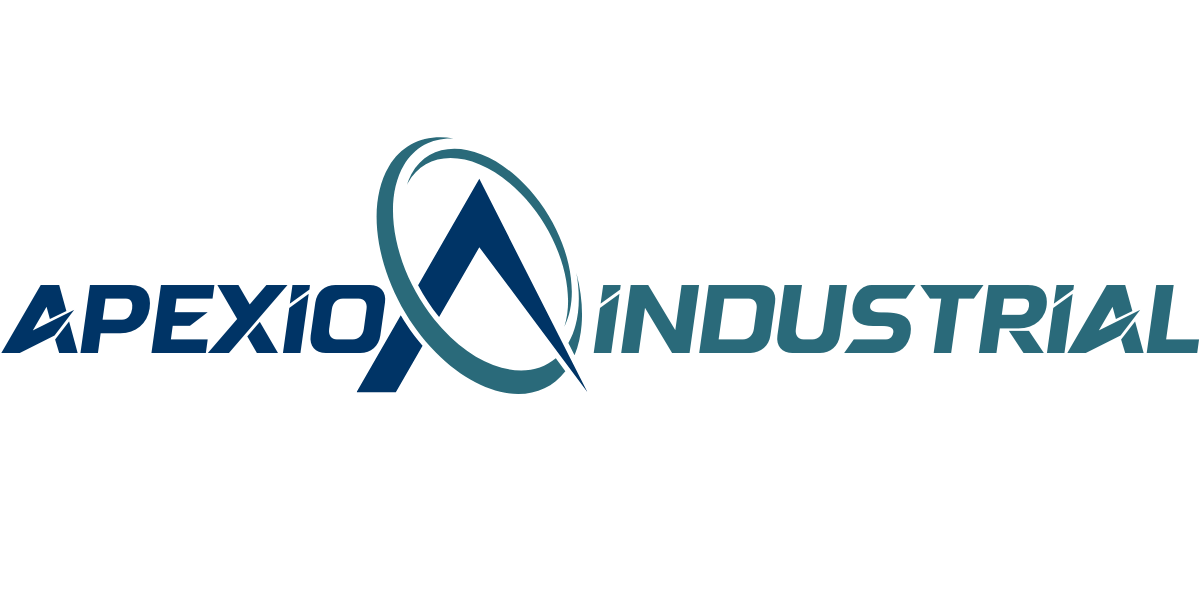Enhancing safety in hazardous environments, intrinsic safety (IS) serves as a formidable shield, meticulously crafted to avert fire and explosion risks by maintaining extremely low levels of thermal and electrical energy within equipment and its connectivity. This vigilant energy regulation ensures that potential ignition sources are nullified, providing peace of mind and unwavering protection in volatile settings.
At the heart of a robust IS system are three critical elements: intrinsically safe field devices, safety barriers or energy-limiting devices, and IS-specific wiring that connects these components. Even standalone devices, such as battery-operated or handheld units, must conform to intrinsic safety standards, underscoring their commitment to safety regardless of system integration.
Standards and certifications form the backbone of the intrinsic safety framework. The IECEx certification, recognised globally, adheres to the rigorous stipulations of IEC 60079-0 and IEC 60079-11. In Europe, the ATEX directives — EN 60079-0 and EN 60079-11— provide a similar benchmark for compliance. Across North America, UL 60079-0, UL 60079-11, and UL 913 standards in the U.S., along with CSA C22.2 No. 60079-0 and CSA C22.2 No. 60079-11 in Canada, ensure comprehensive protection across the continent.
For installations within dust-prone hazardous environments, classified under Group III, assurance of safety can be demonstrated via rigorous testing or thorough evaluation. Equipment exposed to dust hazards often complies by meeting the criteria of Group IIB gas standards, thus circumventing the need for additional ingress protection if the circuits align with the IIB spark ignition specifications.
In environments particularly susceptible to gas hazards, such as Zone 0 or Zone 1, any intrinsically safe equipment that does not require adherence to Annex F of IEC 60079-11:2011 must possess an ingress protection rating of at least IP20. The onus of specifying the appropriate enclosure rating typically lies with the manufacturer, ensuring that external installations are suitably protected against environmental factors.
Consideration must also be given to seemingly simple devices like low-power thermocouples. While these may be perceived as inherently safe, they still demand integration into a barrier-protected system when deployed in Zone 0 due to potential faults either from field wiring or safe areas.
In Zone 1 locations where multiple IS circuits co-exist within a terminal box, an IP54 protection rating is necessary to preserve the integrity of each circuit. Non-metallic enclosures require extra precautions to guard against static discharge and age-related degradation, with Ex eb terminal boxes providing an optimal solution.
Although simple apparatuses usually do not require formal safety certification, compliance with the foundational directives of IEC 60079-11, minus Clause 12, is mandatory. It is crucial for the manufacturer or system designer to provide evidence of compliance with accurate documentation and supportive test reports.
Finally, even though explosion-proof seals are not a requirement for conduits in IS circuits, they play a crucial role in preventing the inadvertent transmission of gases, vapours, or dust between various zones, thereby upholding the safety and integrity of both classified and unclassified areas.
This fundamental approach to intrinsic safety underscores a commitment to innovation and excellence, inspiring confidence and ensuring optimal protection in countless hazardous environments worldwide.
